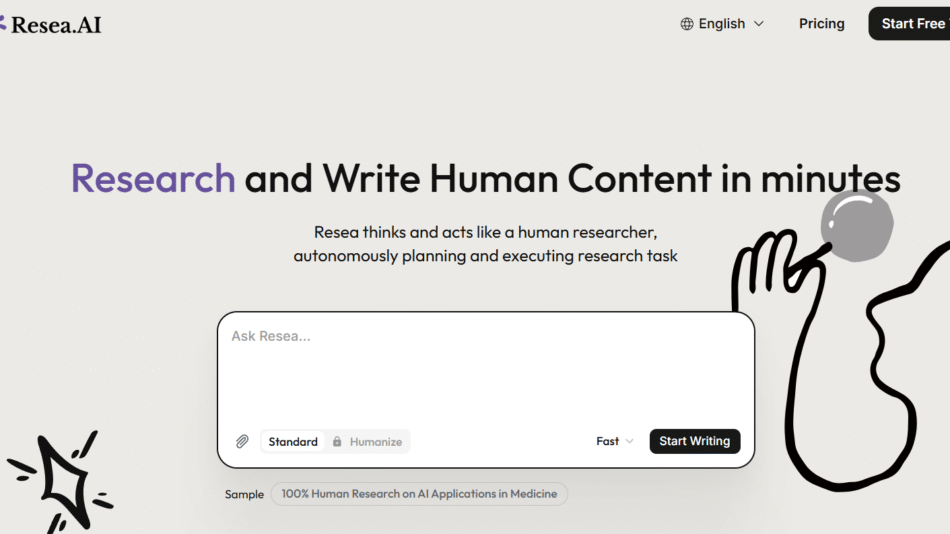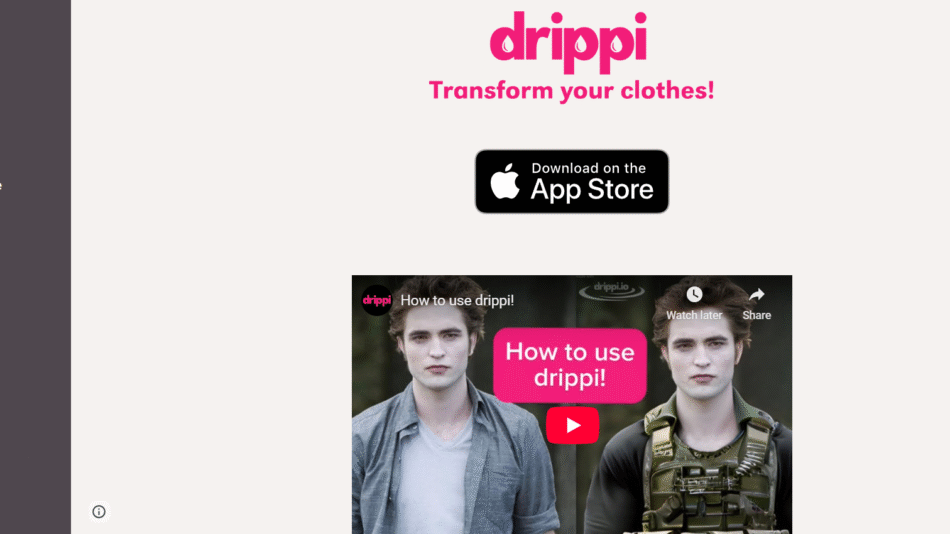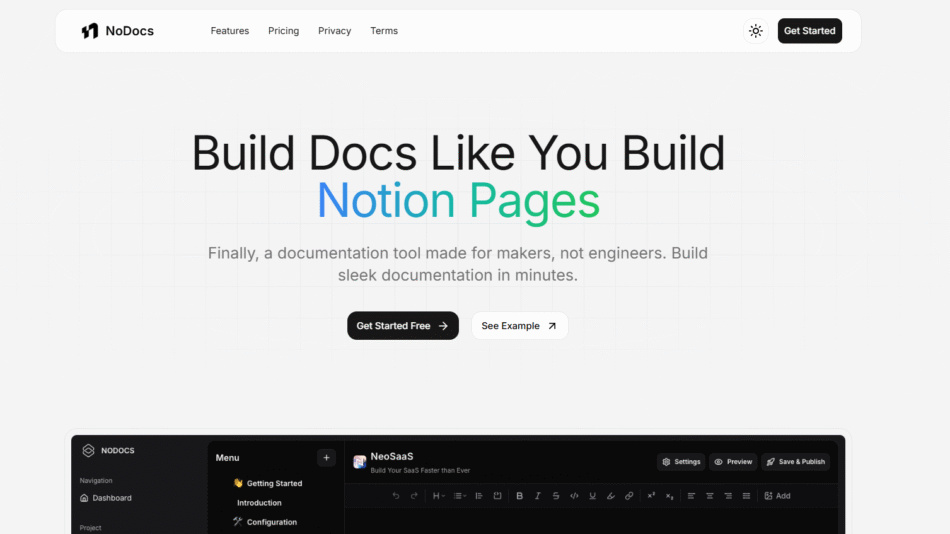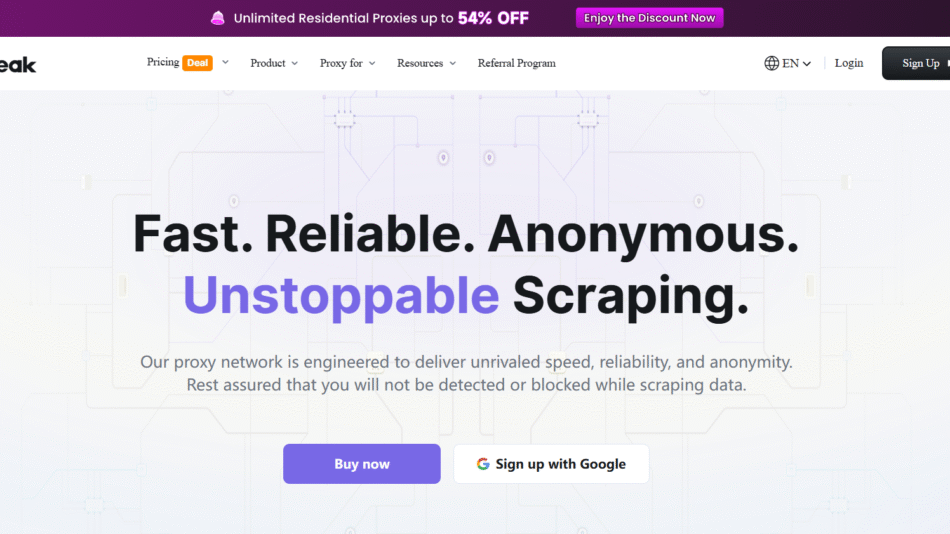Trello is a flexible, user-friendly project management platform that helps individuals and teams organize tasks, workflows, and projects through visual boards and cards. Developed by Atlassian, Trello has become a go-to solution for remote teams, startups, enterprises, and freelancers seeking to manage tasks, monitor progress, and collaborate seamlessly.
Trello uses the Kanban methodology, allowing users to create boards that represent projects, and populate them with cards that represent tasks. Its drag-and-drop interface, power-ups (add-ons), and integrations with tools like Slack, Google Drive, and Jira make it highly adaptable to different workflows.
Features
Trello offers a rich set of features tailored for task tracking, team collaboration, and workflow automation:
Boards, Lists, and Cards
Organize projects into boards, break down work into lists (e.g., To Do, Doing, Done), and add individual tasks as cards.Drag-and-Drop Interface
Easily move cards between lists or reorder tasks with a click-and-drag interface.Checklists and Due Dates
Break tasks into subtasks, set deadlines, and track progress within each card.Comments and Mentions
Enable real-time collaboration by tagging team members and commenting directly on tasks.Power-Ups (Integrations)
Add advanced features like calendars, time tracking, or third-party tool integrations with Power-Ups.Automation with Butler
Automate repetitive tasks, such as moving cards or setting due dates, with Trello’s built-in automation engine.Templates for Common Workflows
Use pre-designed templates for marketing, HR, software development, content planning, and more.Mobile and Desktop Apps
Available on iOS, Android, Windows, and macOS for on-the-go access.Advanced Security and Permissions
Set team visibility, member roles, and security controls for enterprise-grade collaboration.
How It Works
Trello’s system is based on the Kanban approach and follows a straightforward structure:
Create a Board
Represent a project, department, or workflow as a board (e.g., Product Roadmap, Content Calendar).Add Lists
Structure the workflow into stages like “To Do,” “In Progress,” and “Completed.”Create Cards
Each card represents a task or item. Add descriptions, attachments, due dates, labels, and assignees.Move Cards Through Workflow
As tasks progress, drag cards from one list to another to visualize the status in real time.Collaborate and Automate
Use comments, checklists, and Butler automation to collaborate efficiently and minimize manual work.
This visual approach makes it easy for users to understand project status at a glance.
Use Cases
Trello adapts to a wide variety of personal and professional workflows:
Project Management
Plan sprints, manage milestones, and coordinate team collaboration in real-time.Content Creation
Organize editorial calendars, track blog production, and streamline content approval.Remote Team Coordination
Manage distributed teams with shared boards, task assignments, and daily check-ins.Software Development
Track bugs, feature requests, product backlog, and releases with agile boards.Personal Productivity
Create to-do lists, track goals, and organize household or travel plans.HR and Recruiting
Streamline employee onboarding, candidate tracking, and team communications.Event Planning
Coordinate event logistics, vendor timelines, and promotional planning.
Pricing
As of June 2025, Trello offers several pricing plans:
Free Plan
Unlimited cards and up to 10 boards per Workspace
Basic Power-Ups
Simple automation
1GB file attachments (10MB per file)
Ideal for individuals or small teams
Standard – $5/user/month
Unlimited boards
Advanced checklists
Custom fields
Unlimited storage (250MB per file)
Priority support
Premium – $10/user/month
Timeline, Calendar, Table, and Dashboard views
Admin and security features
Workspace-level templates
1,000 Workspace command runs (automation)
Enterprise – From $17.50/user/month
Centralized admin controls
Enterprise-grade security and controls
Organization-wide permissions
Advanced integrations and SSO
Custom pricing based on organization size
Full details available at: https://trello.com/pricing
Strengths
Trello offers several key advantages that have contributed to its widespread popularity:
Simple and Visual UI
Intuitive and easy to use for all skill levels—no training required.Flexible Across Industries
Customizable for nearly any task or project type, from tech to education.Rich Integration Ecosystem
Power-Ups support connections with Google Workspace, Microsoft Teams, Jira, and more.Affordable for Small Teams
Free and low-cost plans provide great value for startups and individuals.Cross-Platform Access
Works on desktop, web, and mobile seamlessly.Strong Automation
Butler allows non-developers to automate workflows quickly and effectively.
Drawbacks
While Trello is powerful for many use cases, there are some limitations:
Limited Reporting and Analytics
Native analytics are basic compared to tools like Asana or Monday.com.Scalability for Complex Projects
Not ideal for large enterprise projects requiring dependencies or Gantt charts (unless using Power-Ups).Relies on Power-Ups for Advanced Features
Many features, such as time tracking and advanced views, require add-ons.Manual File Organization
Attachment handling can get messy on high-usage boards.No Native Time Tracking
Requires third-party Power-Ups for timesheets or billing management.
Comparison with Other Tools
Trello vs. Asana
Asana offers more structured project views, but Trello is easier to use and better for quick task visualization.
Trello vs. Monday.com
Monday.com is more powerful for complex workflows, but Trello wins on simplicity and ease of adoption.
Trello vs. Notion
Notion combines docs and tasks, but Trello’s Kanban-first approach is better for visual task tracking.
Trello vs. ClickUp
ClickUp is all-in-one with heavy features. Trello offers a more focused and minimal interface for task boards.
Customer Reviews and Testimonials
Trello is widely loved by users across the globe:
“We onboarded our entire team in one day—no training required!”
“I use Trello for everything from content planning to personal to-do lists.”
“Trello is the one tool our entire marketing and dev team agrees on.”
According to review platforms like G2 and Capterra, users appreciate Trello’s usability, visual design, and integration options.
Conclusion
Trello remains one of the most accessible and effective project management tools for individuals, teams, and enterprises. Its visual approach, customizable boards, and seamless integrations make it ideal for organizing anything—from simple checklists to complex workflows.
Whether you’re managing a remote team, running a marketing campaign, or planning a vacation, Trello provides a clear and flexible platform to bring order to chaos.















